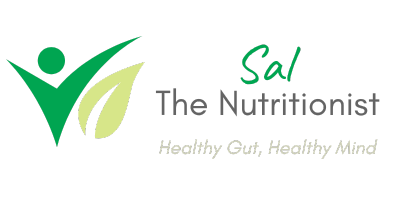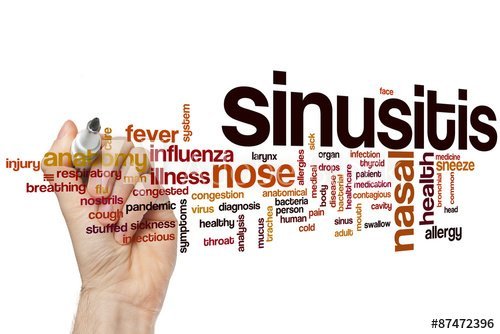What’s really going on with hayfever? Spring is here and most of us love this time of year. But for hay fever sufferers, it can be a season of misery. What causes Hayfever?
Hayfever is an allergic response to pollen. Symptoms can arrive with tree pollens and continue through the summer months with grass pollens. In Melbourne, there are more than 10,000 species of grass! Tree and grass release pollen at different times of the year.
Pro-inflammatory histamine is responsible for the symptoms of hayfever. When the pollens come into contact with nostrils, eyes, or throat, the immune system responds by releasing histamine. This is an inflammatory trigger to the body and initiates increased mucus production, contracts smooth muscle and encourages the dilation of blood vessels contributing to our typical hayfever symptoms. Itching is caused by the effect of histamine on nerve endings.
What’s really going on? Restore balance to the immune system. Antihistamines and other medications only provide symptomatic relief and do not address the underlying immune imbalance. Reducing inflammation, restoring balance to the immune system and supporting long term immune health are vital.
The Digestive System
Did you know that 80% of your immune system is in the digestive system? If your gut is is full of harmful bacteria and toxic foods, the immune system will respond by sounding the alarm and producing inflammation. Eventually, this inflammation can lead to allergic problems. A healthy digestive system is the core of your health.
Beneficial Bacteria
A healthy whole food diet plan is essential for long term management of allergies. A detoxification program may also be part of your treatment to improve your digestive and immune health. Probiotics are always included in this whole food diet plan.
Some tips on how to prevent allergies and/or reduce allergic symptoms;
Eat a healthy, whole food diet high in nutrients and essential fatty acids (oily fish, nuts, seeds and their oils).
Garlic and Onions – These are a good source of quercetin, a powerful anti-inflammatory that stabilizes the membranes of the cells that release histamine and therefore allergic symptoms.
Quercetin can also be found in capers, apples, capsicum, dark cherries and berries, tomatoes. Ginger also slows histamine production and a few slices can be put in hot water with lemon or added to cooking.
Bromelain in pineapple – bromelain is found in the core.
Avoid or limit exposure to triggers (cigarette smoke, airborne pollutants, pollens, animal dander etc).
Manage stress and anxiety.
Make sure that your digestive system is healthy, free from toxicity and harmful bacteria. Minimise your intake of red meat, refined starches and sugars.
Instead, consume a whole food diet high in bright red, orange, yellow and dark green vegetables and fresh fruits which are rich in antioxidants, vitamins A, C, E. Vitamin C can reduce overall histamine production and is therefore considered to be a natural antihistamine and anti-inflammatory. Whole grains, nuts and seeds are also important.
Make sure you drink enough water – minimum 1 litre per day, more if you exercise. Most importantly, be physically active, spend time with others and have some fun!
Tags
[tags_all_in_one number=”20″ smallest=”11″ largest=”11″ unit=”px” separator=” ” orderby=”name” order=”asc” post=”true”]

